FAQs
What can I use Swan for?
Swan's versatility means that it can have as many uses as you can imagine. Here are
some examples that have motivated previous developments of the code:
- Additive manufacturing
- Lattice structures
- Compliant mechanism designs
How do you represent the domain?
Swan currently includes 3 methods to represent the domain:
- Density-based methods
- Phase-field methods
- Level-set (implicit functions)
Which optimizers can I use?
Well, that depends on the way you represent your domain:
- Density-based: Projected Gradient, MMA, Interior Point Method, Augmented Lagrangian, Null Space
- Level-set: SLERP, Projected SLERP, Hamilton-Jacobi, Augmented Lagrangian, Null Space
Which constraints can I use?
So far, Swan includes the following constraints:
- Compliance
- Volume
- Limiting von Mises stress norm
- Minimum length scales
- Overhang angle
- Perimeter
- Eigenvalue problems
Contributors
Swan is Àlex Ferrer's brainchild. He started developing this toolbox as part of his PhD thesis,
and its scope has since broadened. This code is currently used by the
Composite and Advanced Materials for Multifunctional Structures research group at CIMNE,
the International Center for Numerical Methods in Engineering.
Here are some of the contributors to the Swan code:
Here are some of the contributors to the Swan code:
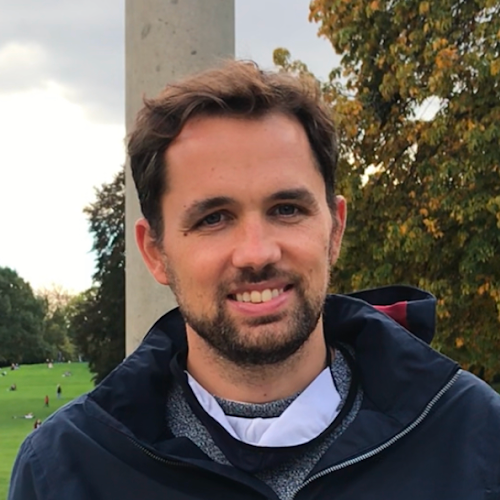
Àlex Ferrer
Researcher at CIMNE and lecturer at UPC, Àlex defended his thesis on multi-scale topological design of materials
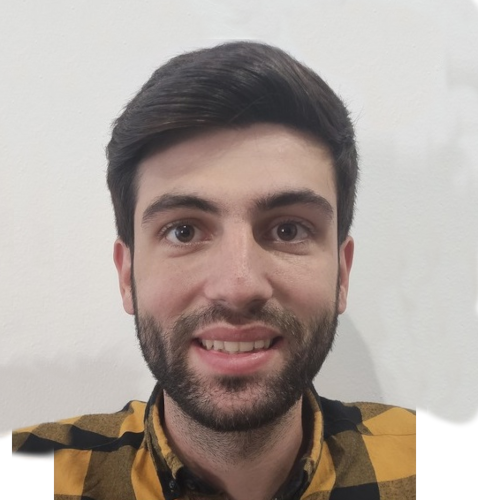
Ferran de la Fuente
As part of his dissertation, Ferran worked on topology optimization with a focus on manufacturability
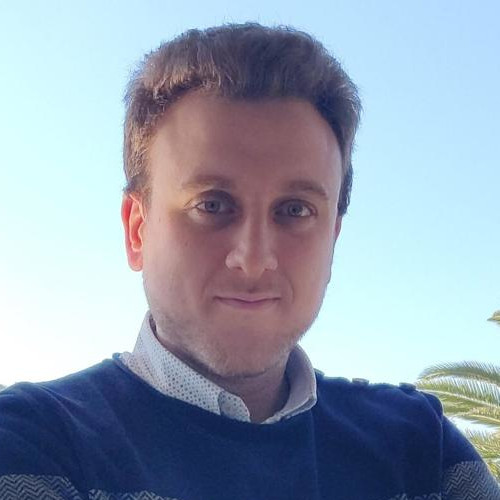
Albert Torres
As part of his dissertation, Albert focused on using topology optimization for material design
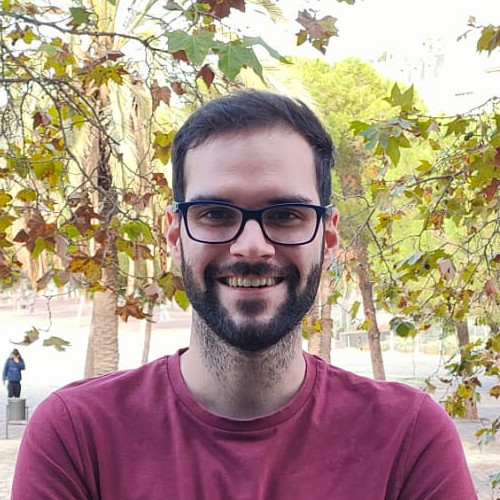
Raul Rubio
As part of his dissertation, Raul used the finite element method to study the flow around an airfoil
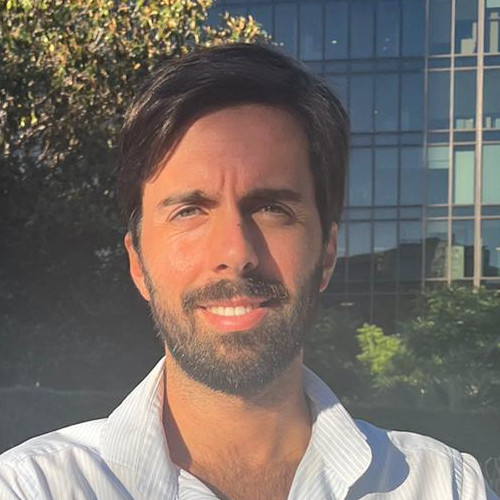
Ignacio Izquierdo
As part of his dissertation, Ignacio studied large deformations of a wing using both linear and non-linear models

Oriol Trujillo
As part of his dissertation, Oriol worked on topology optimization problems with stress constraints
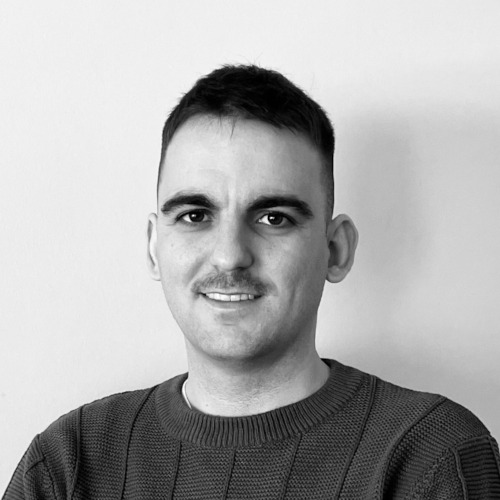
Marc Núñez
As part of his dissertation, Marc set benchmark cases and studied the results using various filters and algorithms
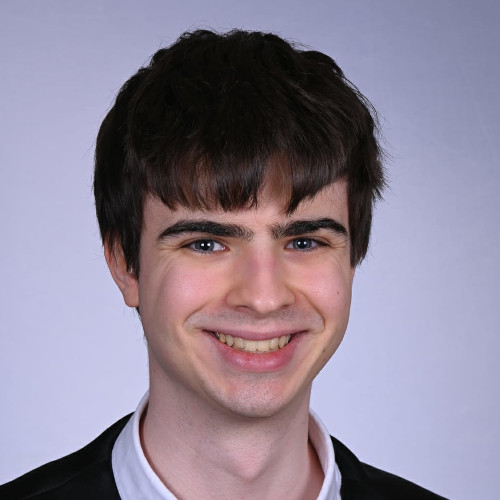
Ton Creus
As part of his dissertation, Ton worked on accelerating the implementation of the finite element method
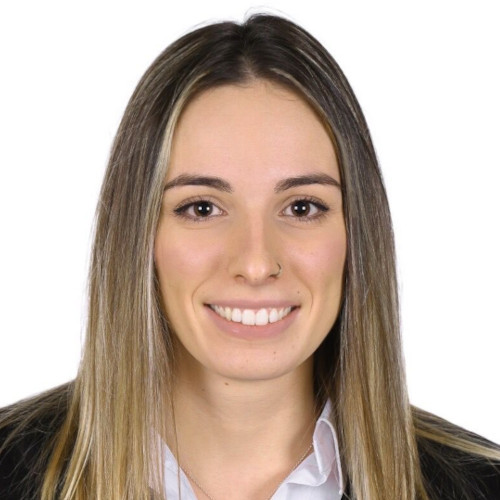
Aitziber Mañeru
As part of her dissertation, Aitziber implemented the optimal design of topologies considering mode analysis

Arnau Pena
As part of his dissertation, Arnau implemented and evaluated the results of the fmincon and a Null Space optimizers

Joel Carrasco
As part of his dissertation, Joel studied the relation of shape symmetry with isotropy and orthotropy in material design
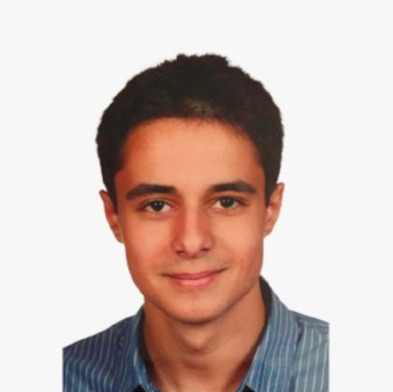
Jofre Geli
As part of his dissertation, Jofre extended the SIMP-ALL formulation for material interpolation in n-dimensional cases
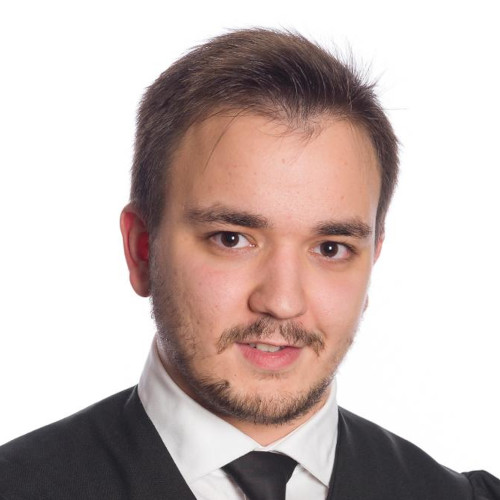
Jose Antonio Torres
As part of his dissertation, Jose focused on 3D printing and anisotropic perimeter constraints for topology optimization
